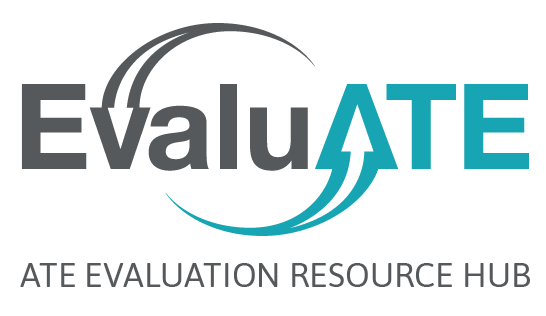I recently led two workshops at the American Evaluation Association’s Summer Evaluation Institute. To get a sense of the types of projects that the participants were working on, I asked them to send me a brief project description or logic model in advance of the Institute. I received more than 50 responses, representing a diverse array of projects in the areas of health, human rights, education, and community development. While I have long advocated for logic models as a succinct way to communicae the nature and purpose of projects, it wasn’t until I received these responses that I realized how efficient logic models really are in terms of conveying what a project does, whom it serves, and how it is intended to bring about change.
In reviewing the logic models, I was able to quickly understand the main project activities and outcomes. My workshops were on developing evaluation questions, and I was amazed how quickly I could frame evaluation questions and indicators based on what was presented in the models. It wasn’t as straight forward with the narrative project descriptions, which were much less consistent in terms of the types of information conveyed and the degree to which the elements were linked conceptually. When participants would show me their models in the workshop, I quickly remembered their projects and could give them specific feedback based on my previous review of their models.
Think of NSF proposal reviewers who have to read numerous 15-page project descriptions. It’s not easy to keep straight all the details of a single project, let alone that of 10 or more 15-page proposals. In a logic model, all the key information about a project’s activities, products, and outcomes is presented in one graphic. This helps reviewers consume the project information as a “package.” For reviewers who are especially interested in the quality of the evaluation plan, a quick comparison of the evaluation plan against the model will reveal how well the plan is aligned to the project’s activities, scope, and purpose. Specifically, mentally mapping the evaluation questions and indicators onto the logic model provides a good sense of whether the evaluation will adequately address both project implementation and outcomes.
One of the main reasons for creating a logic model—other than the fact it may be required by a funding agency—is to illustrate how key project elements logically relate to one another. I have found that representing a project’s planned activities, products, and outcomes in a logic model format can reveal weaknesses in the project’s plan. For example, there may be an activity that doesn’t seem to lead anywhere or ambitious outcomes that aren’t adequately supported by activities or outputs. It is much better if you, as a project proposer, spot those weaknesses before an NSF reviewer does. A strong logic model can then serve as a blueprint for the narrative project description—all key elements of the model should be apparent in the project description and vice versa.
I don’t think there is such a thing as the perfect logic model. The trick is to recognize when it is good enough. Check to make sure the elements are located in the appropriate sections of the model, that all main project activities (or activity areas) and outcomes are included, and that they are logically linked. Ask someone from outside your team to review it; revise if they see problems or opportunities to increase clarity. But don’t overwork it—treat it as a living document that you can update when and if necessary
Download the logic model template from http://bit.ly/lm-temp.

Except where noted, all content on this website is licensed under a Creative Commons Attribution-NonCommercial-ShareAlike 4.0 International License.


 EvaluATE is supported by the National Science Foundation under grant number 2332143. Any opinions, findings, and conclusions or recommendations expressed on this site are those of the authors and do not necessarily reflect the views of the National Science Foundation.
EvaluATE is supported by the National Science Foundation under grant number 2332143. Any opinions, findings, and conclusions or recommendations expressed on this site are those of the authors and do not necessarily reflect the views of the National Science Foundation.